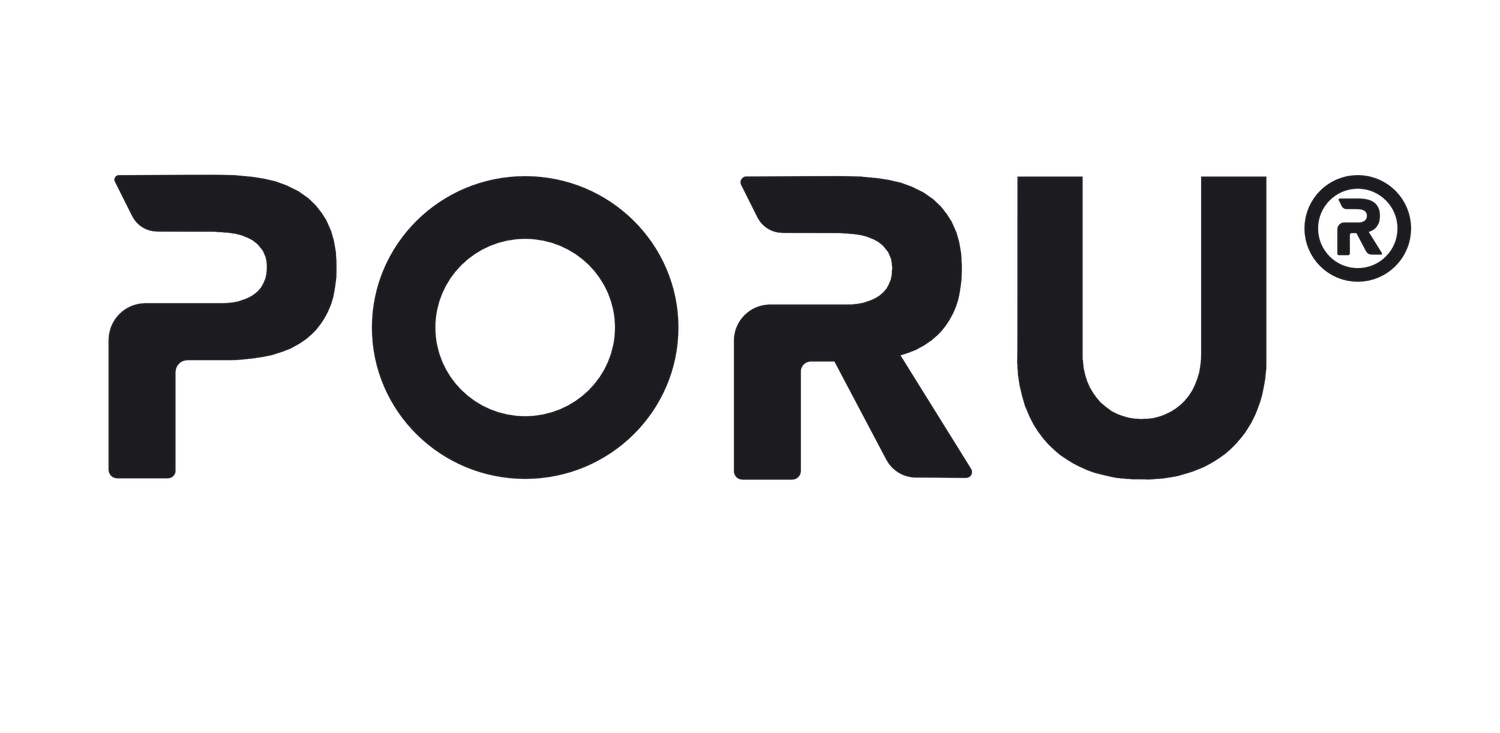The Pivotal Role of Product Design in Corporate Success
In the competitive landscape of modern business, the process of product design has emerged as a critical driver of success. It’s not merely about aesthetics; it’s a comprehensive approach that encompasses understanding market needs, user experience, functionality, and sustainability. Here’s how the product design process can be a game-changer for companies:
Understanding Market Needs
The initial phase of product design involves rigorous market research to identify gaps and opportunities. Companies that excel in product design start by understanding what the market lacks, what the customers need, and what competitors are offering. This insight is crucial for developing products that not only meet but exceed market expectations.
Fostering Innovation
Product design is the breeding ground for innovation. It’s where creative ideas are nurtured and developed into practical solutions. Companies that prioritize innovative product design are often the ones that set industry trends and stay ahead of the curve.
Enhancing User Experience
A well-designed product is intuitive and easy to use. The product design process puts a strong emphasis on user experience (UX), ensuring that the end product is not just functional but also enjoyable to use. This focus on UX can significantly boost customer satisfaction and loyalty.
Integrating Functionality with Aesthetics
Successful product design marries functionality with aesthetics. A product that works well and looks good is more likely to capture the attention of consumers and stand out in the market. Companies that understand this can create products that are not just tools but also objects of desire.
Commitment to Sustainability
Sustainability is no longer optional; it’s a necessity. The product design process today involves selecting materials and methods that are environmentally friendly and sustainable. Companies that adopt sustainable design practices not only contribute to the environment but also appeal to the growing demographic of eco-conscious consumers.
Streamlining Production
Efficient product design also considers the manufacturability of the product. Design for Manufacturing (DFM) is a key component that ensures the design can be economically produced without compromising quality. This can lead to cost savings and faster time-to-market, which are vital for a company’s success.
Driving Business Strategy
Ultimately, product design is deeply intertwined with business strategy. It’s a tool that can help companies differentiate themselves, tap into new markets, and create a strong brand identity. Products that are well-designed resonate with consumers and can drive sales, market share, and profitability.
In essence, the process of product design is not just about creating something new; it’s about creating something that adds value to both the company and the customer. It’s a strategic asset that, when executed effectively, can lead to a significant competitive advantage and long-term success.
